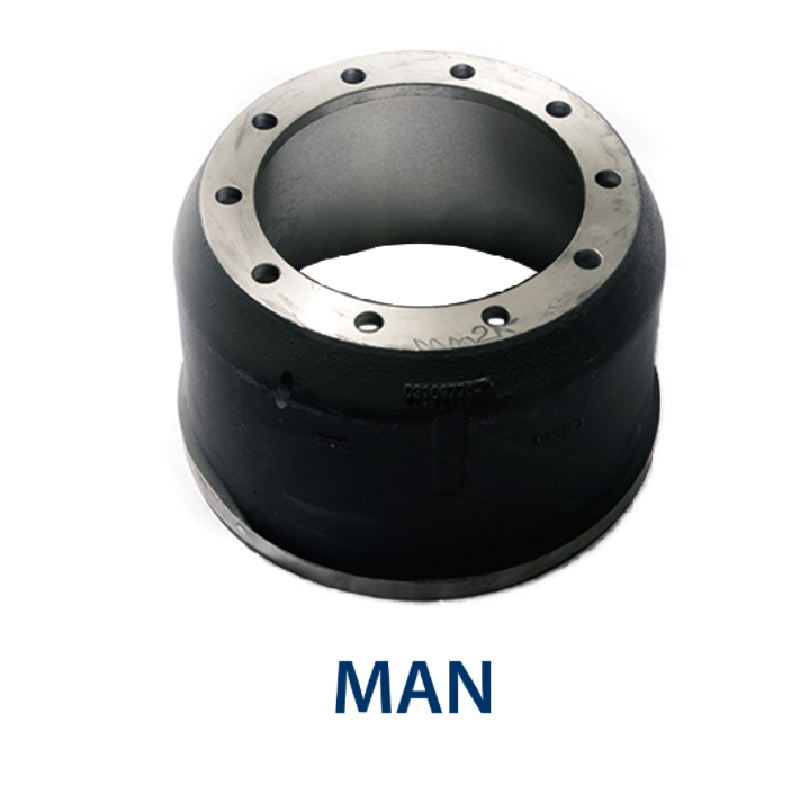Oct . 12, 2024 15:58 Back to list
Converting Brake Drums to Disc Brakes for Enhanced Performance and Safety
Brake Drum to Disc Conversion Enhancing Vehicle Stopping Power and Performance
In the world of automotive technology, the trend of upgrading braking systems has gained significant traction, particularly the conversion from brake drums to disc brakes. This evolution in braking systems has sparked discussions among car enthusiasts, mechanics, and everyday drivers about its benefits and drawbacks. Understanding the intricacies of this conversion will provide insight into why many opt for disc brakes over traditional drum brakes.
The Basics Drum Brakes vs. Disc Brakes
Before diving into the conversion process, it's essential to differentiate between drum brakes and disc brakes. Drum brakes consist of a cylindrical drum that rotates with the wheel. Inside, brake shoes press outward against the drum's inner surface to generate friction and slow down the vehicle. On the other hand, disc brakes utilize a flat disc (rotor) that rotates alongside the wheel. When the brake pedal is pressed, brake pads clamp down on the rotor, creating friction to reduce speed.
Why Convert from Drum to Disc Brakes?
1. Improved Stopping Power One of the most significant advantages of disc brakes is their superior stopping power. Disc brakes dissipate heat more effectively than drum brakes, which helps prevent brake fade during intense use. This increased efficiency is especially beneficial in performance vehicles or those used in demanding driving conditions.
2. Better Heat Dissipation Drum brakes tend to trap heat, which can lead to brake fade, a reduction in braking effectiveness. Disc brakes have better airflow and cooling capabilities, allowing for improved thermal management. This characteristic means that disc brakes maintain their performance even under prolonged use.
3. Enhanced Wet Weather Performance In wet or rainy conditions, drum brakes can experience diminished performance due to water pooling inside the drum. Disc brakes, however, are less affected by moisture as the exposed rotor allows for quicker drying and more consistent performance.
4. Easier Maintenance Maintenance is often more straightforward with disc brakes. Brake pads on disc systems are easier to inspect and replace than the internal components of drum brakes. This accessibility not only saves time but can also reduce labor costs for vehicle owners.
5. Weight and Design Flexibility Modern disc brake systems can be designed to be lighter and more compact than traditional drum setups. This reduction in weight can contribute to overall vehicle performance and fuel efficiency.
brake drum to disc conversion

The Conversion Process
Converting from drum brakes to disc brakes is a significant undertaking that typically involves several steps
1. Assess Compatibility Not all vehicles are suitable for a drum-to-disc conversion. Before starting the process, it's crucial to assess the compatibility of the vehicle’s existing components, such as the axle and suspension system.
2. Acquire the Necessary Parts The conversion requires various components, including disc brake rotors, calipers, pads, and potentially new hydraulic components like a master cylinder. It is advisable to choose high-quality aftermarket parts or components from reputable manufacturers.
3. Remove the Old Drum System This step involves lifting the vehicle and carefully removing the wheels, drums, and associated hardware. It’s vital to take notes or photographs to ensure proper reassembly of the new disc system.
4. Install the New Disc System Following the removal, the new disc brakes must be installed. This process may require additional brackets or modifications to the vehicle's suspension to accommodate the new setup.
5. Bleed and Test the Brakes Once everything is installed, the brake lines need to be bled to remove any air that might compromise braking performance. After bleeding, it's essential to conduct thorough testing to ensure that the braking system functions effectively and safely.
Conclusion
The conversion from brake drums to disc brakes is a significant modification that can enhance vehicle performance, safety, and driving experience. With improvements in stopping power, heat dissipation, and maintenance ease, it's no wonder that many automotive enthusiasts and everyday drivers are making this switch. While the conversion process requires careful planning and execution, the resulting benefits can be well worth the effort for those seeking to optimize their vehicle's braking capabilities.
-
ROR Web Development: Build Fast, Scalable, Secure Apps
NewsAug.17,2025
-
Scania Brake Drums: OEM Quality for Optimal Safety & Durability
NewsAug.16,2025
-
R.V.I: Advanced Remote Visual Inspection for Precision
NewsAug.15,2025
-
Discover HYUNDA: Innovative Vehicles, Equipment & Solutions
NewsAug.14,2025
-
R.V.I: Unlock Advanced Insights & Real-time Performance
NewsAug.13,2025
-
Kamaz Brake Drum: Durable & Reliable for Heavy Duty Trucks
NewsAug.12,2025
